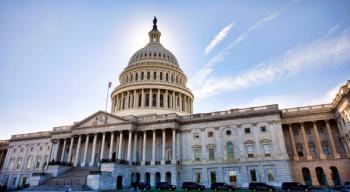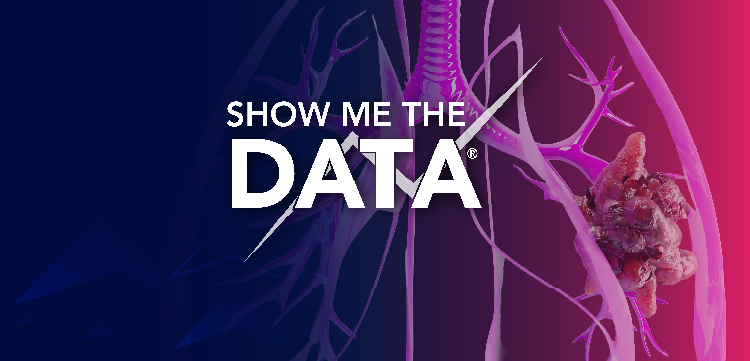
New payer trends for opioids coincide with epidemic
A new study examines payer payment shifts for opioids.
There have been major shifts in third-party payment for opioid pain relievers, according to a new
In this study, Centers for Disease Control and Prevention (CDC) researchers examined data pertaining to trends in expenditures for these drugs and used Medical Expenditure Panel Survey (MEPS) data to examine payer trends in prescription opioid use from 1999 to 2012. MEPS is a nationally representative survey of the U.S. civilian, non-institutionalized population on health service use and expenditures.
Chao
“Individuals with at least one opioid prescription were included in our analysis,” says Chao Zhou, an economist at the CDC.
According to Chao and the coauthors, consumer out-of-pocket spending on opioids per 100 morphine mg equivalents (a standard reference measure of strength for various opioids) declined from $4.40 in 2001 to 90 cents in 2012, with insurers paying an increasingly larger share of the cost.
In 2012, there were 3,534 MEPS study participants with at least one opioid prescription, representing, when weighted, approximately 36 million people with any opioid consumption nationally.
In 1999, 53% of spending on opioid pain relievers was out-of-pocket, but by 2012, out-of-pocket spending had declined to 18% of all expenditures. In 1999, Medicare and Medicaid paid for 9% of opioid drug spending (1% and 8%, respectively). In 2012, Medicare and Medicaid accounted for 35% of prescription opioid drug spending (26% and 9%, respectively).
Prescription opioid drug spending grew dramatically from 1999 to 2012. Americans spent $2.3 billion on prescription opioids in 1999. By 2006, spending had almost tripled to more than $7.0 billion. Since 2006, expenditures have been relatively stable compared to this earlier increase, with total expenditures of $7.4 billion in 2012.
“The purpose of this study was to examine trends in prescription opioid expenditure, proportion financed by various payers, and utilization from 1999 to 2012,” says Chao. “The study documented changes in the financing of opioid pain relievers that coincided with the prescription opioid overdose epidemic.”
Understanding the source of payment for prescription opioids may help identify potential avenues for overdose prevention, Chao says.
“Prescription opioid drug spending grew dramatically from 1999 to 2012,” he says. “Changes in the financing of opioid pain relievers coincided with the prescription opioid overdose epidemic.”
After the establishment of Medicare Part D in 2006, Medicare spent more on people younger than aged 65 years ($1.8 billion) than it did on people aged 65 years and older ($637 million).
This study is the first to comprehensively examine the financial aspects of the use of opioid pain relievers at the population level.
Newsletter
Get the latest industry news, event updates, and more from Managed healthcare Executive.





















































